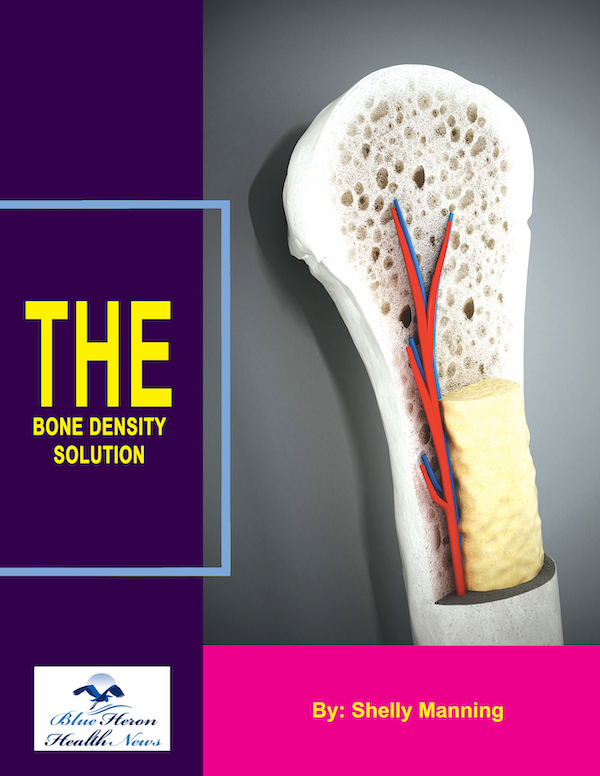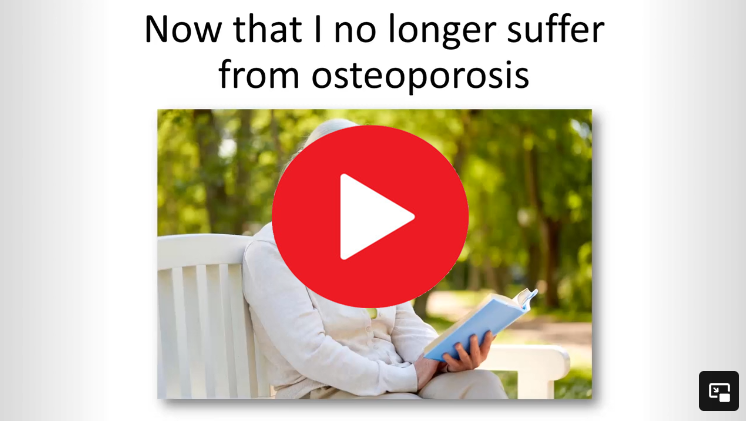
The Bone Density Solution by Shelly ManningThe program is all about healthy food and healthy habits. As we discussed earlier, we develop osteoporosis due to low bone density. Therefore, you will have to choose the right food to help your calcium and other vitamin deficiencies. In addition to healthy food, you will have to regularly practice some mild exercises. Your doctor might offer you the same suggestion. However, the difference is that The Bone Density Solution will help you with an in-depth guide.
Age-Related Changes in Bone Density
Age-related changes in bone density are a natural part of the aging process and play a significant role in the risk of developing osteoporosis and fractures later in life. Here’s an overview of how bone density changes with age, the factors influencing these changes, and the implications for bone health.
1. Peak Bone Mass
- Peak Bone Mass: Bone density reaches its maximum level, known as peak bone mass, typically by the late 20s or early 30s. This peak is influenced by genetics, nutrition, physical activity, and hormonal factors.
- Importance of Peak Bone Mass: The higher the peak bone mass, the lower the risk of osteoporosis and fractures later in life. Building strong bones during childhood, adolescence, and early adulthood is crucial for long-term bone health.
2. Bone Density in Early Adulthood
- Maintenance Phase: During early adulthood, bone remodeling (the process of bone formation and resorption) is balanced, meaning bone density remains relatively stable.
- Factors Affecting Bone Density: Lifestyle factors like diet, physical activity, and avoidance of smoking and excessive alcohol consumption can help maintain bone density during this phase.
3. Age-Related Bone Loss
- Onset of Bone Loss: Bone density typically begins to decline in the mid-30s, with the rate of bone loss varying based on several factors, including gender, genetics, and lifestyle.
- Gender Differences: Women tend to experience more significant bone loss than men, particularly after menopause due to the decline in estrogen levels, which plays a key role in maintaining bone density.
4. Menopause and Bone Density
- Post-Menopausal Bone Loss: The most rapid phase of bone loss in women occurs in the first 5-10 years after menopause. During this time, the decline in estrogen leads to an increase in bone resorption (breakdown) and a decrease in bone formation.
- Impact of Estrogen: Estrogen helps to regulate the balance between osteoclasts (cells that break down bone) and osteoblasts (cells that build bone). After menopause, the decrease in estrogen results in increased osteoclast activity, leading to accelerated bone loss.
5. Bone Density in Men
- Gradual Decline: Men experience a more gradual decline in bone density as they age, with significant loss usually beginning around age 65-70. However, men generally start with a higher peak bone mass than women, which provides some protection against osteoporosis.
- Testosterone’s Role: Testosterone, like estrogen, plays a role in maintaining bone density. Lower testosterone levels in older men can contribute to bone loss, although the effect is less pronounced than the impact of estrogen loss in women.
6. Bone Microarchitecture Changes
- Microarchitectural Deterioration: In addition to loss of bone mass, aging leads to changes in bone microarchitecture, such as thinning of the cortical bone (outer layer) and increased porosity of trabecular bone (inner, spongy bone). These changes weaken the bone structure, making fractures more likely.
- Loss of Bone Quality: The decline in bone quality, not just bone quantity, contributes to the increased risk of fractures with aging.
7. Factors Accelerating Age-Related Bone Loss
- Lifestyle Factors: Poor nutrition (especially low calcium and vitamin D intake), sedentary lifestyle, smoking, and excessive alcohol consumption can accelerate bone loss with age.
- Chronic Diseases and Medications: Conditions like rheumatoid arthritis, chronic kidney disease, and the long-term use of corticosteroids can exacerbate bone loss. Certain medications, such as proton pump inhibitors and anticonvulsants, are also associated with increased risk of osteoporosis.
8. Osteoporosis and Fracture Risk
- Increased Risk of Osteoporosis: As bone density decreases with age, the risk of osteoporosis increases. Osteoporosis is characterized by low bone mass and structural deterioration of bone tissue, leading to increased fracture risk.
- Common Fracture Sites: The most common sites for osteoporosis-related fractures are the hip, spine, and wrist. Hip fractures, in particular, are associated with significant morbidity and mortality in older adults.
9. Prevention and Management of Age-Related Bone Loss
- Nutrition: Adequate intake of calcium and vitamin D is crucial for maintaining bone density. Older adults may need supplements if dietary intake is insufficient.
- Exercise: Weight-bearing and resistance exercises are effective in slowing bone loss and maintaining bone strength. Activities like walking, jogging, strength training, and balance exercises are beneficial.
- Medications: For individuals at high risk of fractures, medications such as bisphosphonates, selective estrogen receptor modulators (SERMs), or hormone replacement therapy (HRT) may be prescribed to slow bone loss and reduce fracture risk.
- Lifestyle Modifications: Avoiding smoking and limiting alcohol intake can help preserve bone density. Fall prevention strategies, such as improving home safety and using assistive devices, are also important for reducing fracture risk.
10. Monitoring Bone Health
- Bone Density Testing: Dual-energy X-ray absorptiometry (DEXA) scans are the standard method for measuring bone density. Regular monitoring can help detect osteoporosis early and guide treatment decisions.
- Risk Assessment Tools: Tools like the FRAX score can estimate an individual’s 10-year probability of fracture based on factors like age, gender, bone density, and other risk factors.
Conclusion
Age-related changes in bone density are a normal part of aging, but they significantly increase the risk of osteoporosis and fractures. Understanding the factors that influence bone density over a lifetime, including genetics, hormonal changes, and lifestyle, is crucial for preventing bone loss and maintaining bone health. By adopting preventive measures and managing risk factors, individuals can mitigate the impact of aging on bone density and reduce the risk of osteoporosis-related fractures.
The Bone Density Solution by Shelly ManningThe program is all about healthy food and healthy habits. As we discussed earlier, we develop osteoporosis due to low bone density. Therefore, you will have to choose the right food to help your calcium and other vitamin deficiencies. In addition to healthy food, you will have to regularly practice some mild exercises. Your doctor might offer you the same suggestion. However, the difference is that The Bone Density Solution will help you with an in-depth guide.
